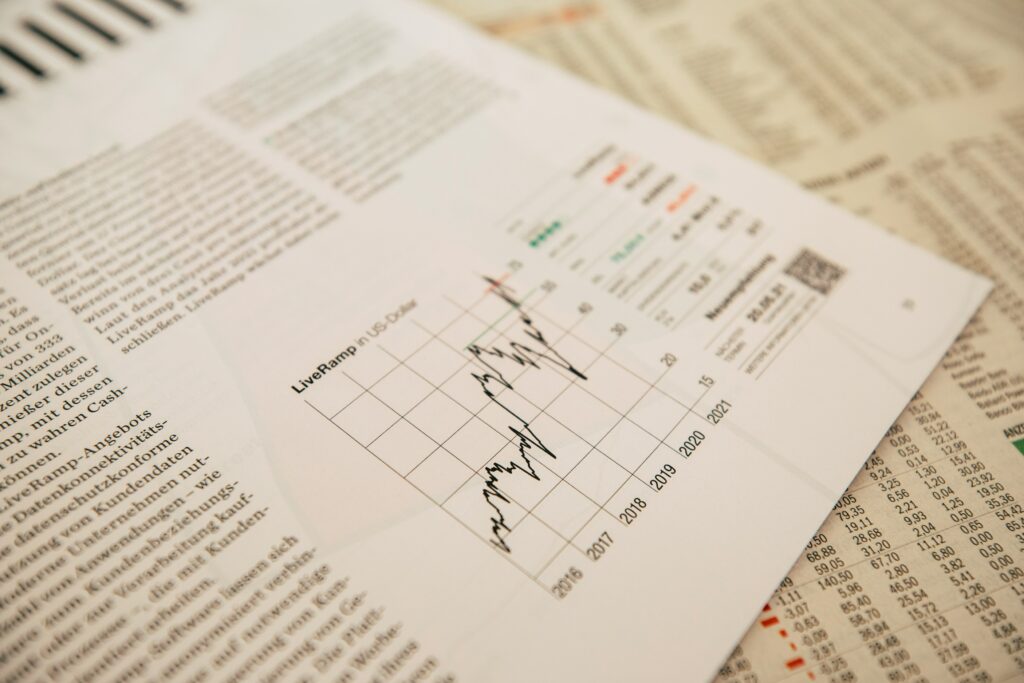
| The United States’ economy is currently navigating a complex landscape characterized by inflationary pressures, evolving monetary policies, and dynamic labor market conditions. Recent data reflects the ongoing challenges faced by policymakers in steering the economy towards stable growth. In January, the Personal Consumption Expenditures (PCE) deflator, a key measure of inflation, indicated a year-over-year increase in prices, highlighting ongoing inflationary concerns. Despite a general deceleration of inflation rates, monthly price gains, especially in the services sector, have accelerated. This sector, being labor-intensive, reflects the tightness of the labor market and the consequent rise in labor costs, thereby contributing to sustained high inflation for services. This situation poses a significant challenge for the Federal Reserve, which may need to maintain tight monetary policy to mitigate wage pressures and ease inflation closer to its 2% target. Moreover, the U.S. economy experienced a narrow dip in its current-account deficit in the third quarter of 2023, shrinking to $200.3 billion from $216.8 billion in the previous quarter. This deficit equates to 2.9% of the current-dollar gross domestic product, down from 3.2% in the second quarter. The change in the deficit reflects adjustments in the balance of international trade and financial transactions. In terms of labor market dynamics, February 2024 saw a robust increase in total nonfarm payroll employment, with significant job gains in various sectors including healthcare, government, and food services. Despite this growth, the unemployment rate edged up to 3.9%, signaling a complex interplay between job creation and labor market participation. Internationally, the IMF forecasts a moderating inflationary trend with steady growth, suggesting a possible “soft landing” for the global economy. This outlook hinges on effective monetary and fiscal policies, alongside global cooperation, to address pressing economic challenges such as energy supply-demand imbalances and demographic shifts. As McKinsey reports, the US economy faces two critical dimensions: the state of long-term structural balance and international cooperation, and the short-term level of fiscal support and state of monetary policy. The interplay between these dimensions will shape macroeconomic outcomes, influencing productivity, wages, and the affordability of key transitions, such as the shift to sustainable energy sources. |
Key Terms:
- Inflation: The rate at which the general level of prices for goods and services is rising, and, subsequently, the purchasing power of currency is falling.
- Monetary Policy: The process by which the monetary authority of a country controls the supply of money, often targeting interest rates to promote economic growth and stability.
- Labor Market: The supply of and demand for labor, where employees provide the supply and employers the demand.
- Personal Consumption Expenditures (PCE) Deflator: An inflation measure reflecting changes in the prices of goods and services consumed by individuals.
- Current-Account Deficit: A measurement of a country’s trade where the value of the goods and services it imports exceeds the value of the products it exports.
- Gross Domestic Product (GDP): The total value of goods produced and services provided in a country during one year.
- Nonfarm Payroll Employment: A measure of the number of U.S. workers in the economy that excludes proprietors, private household employees, unpaid volunteers, farm employees, and the unincorporated self-employed.
- Unemployment Rate: The percentage of the total labor force that is unemployed but actively seeking employment and willing to work.
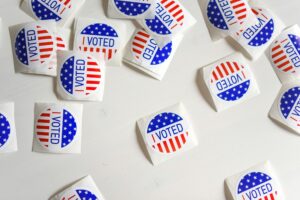
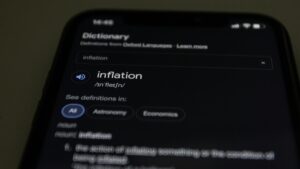
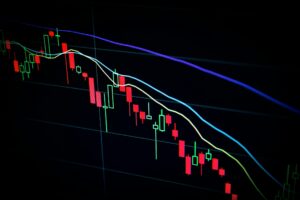
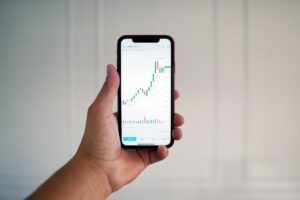
Comments are closed.